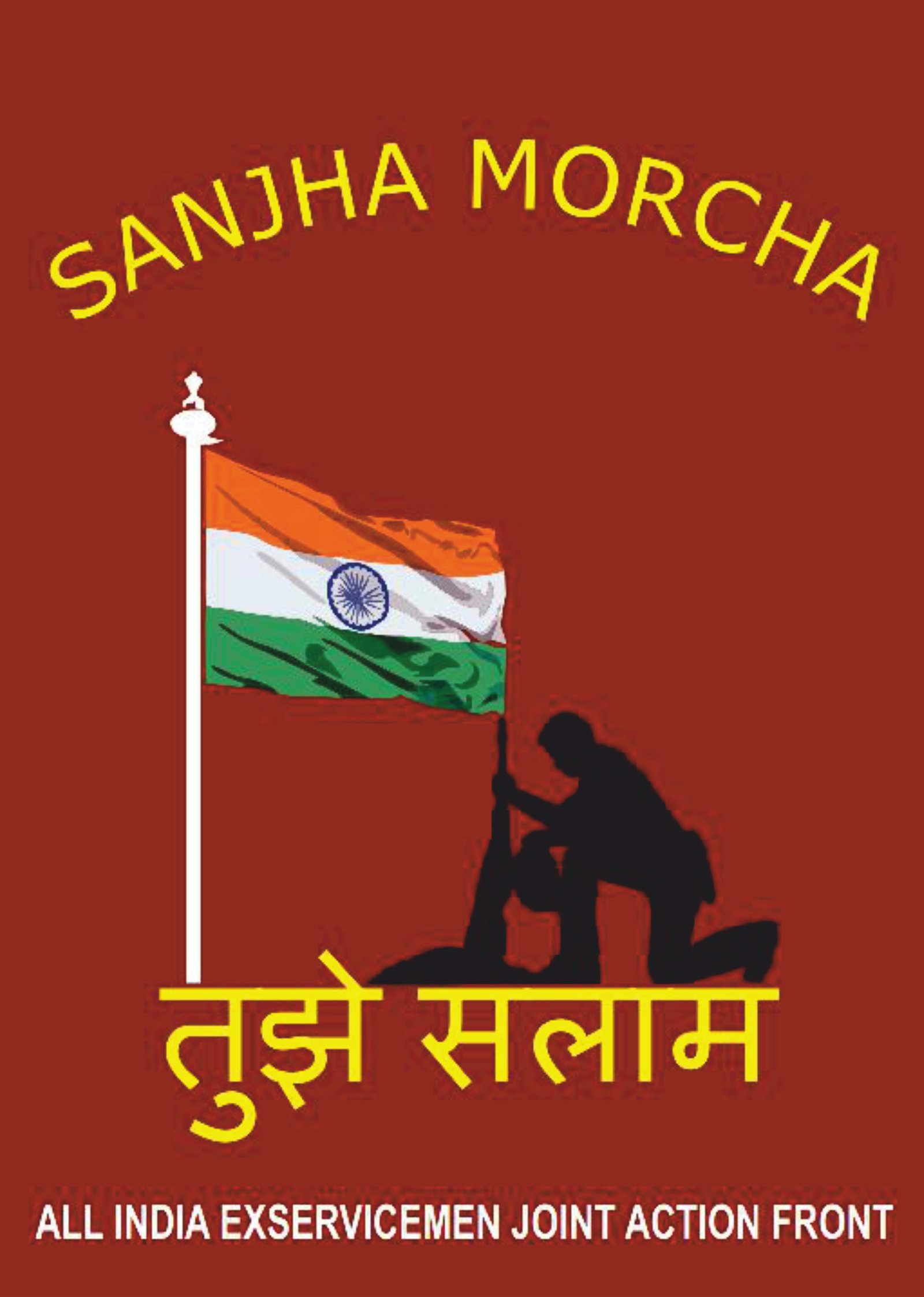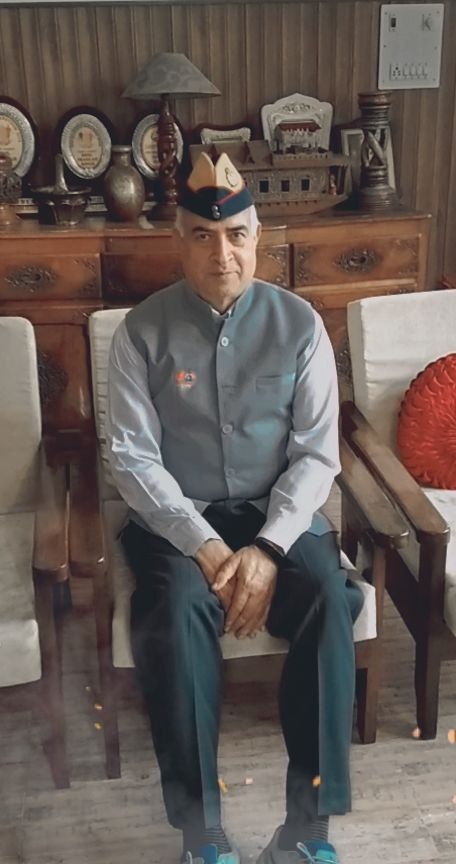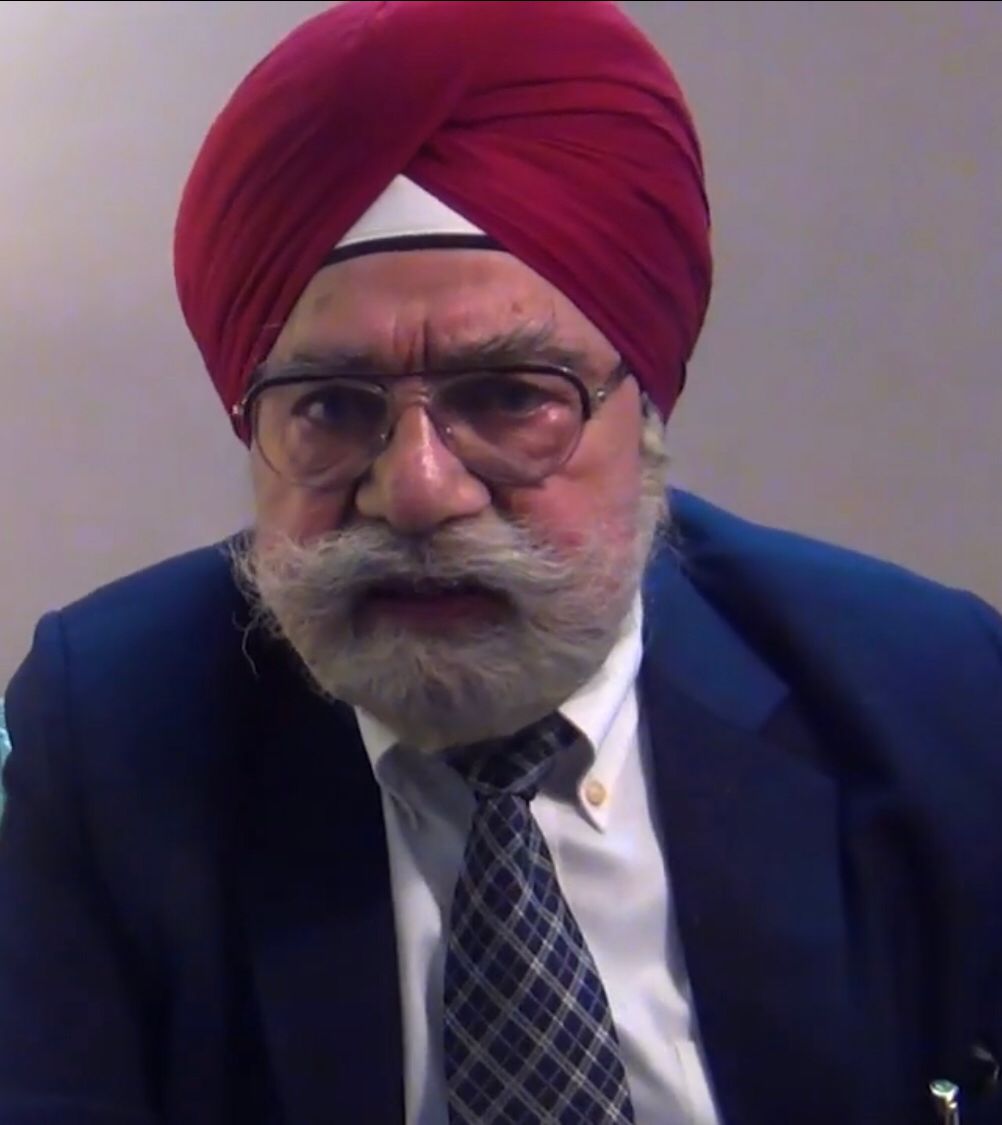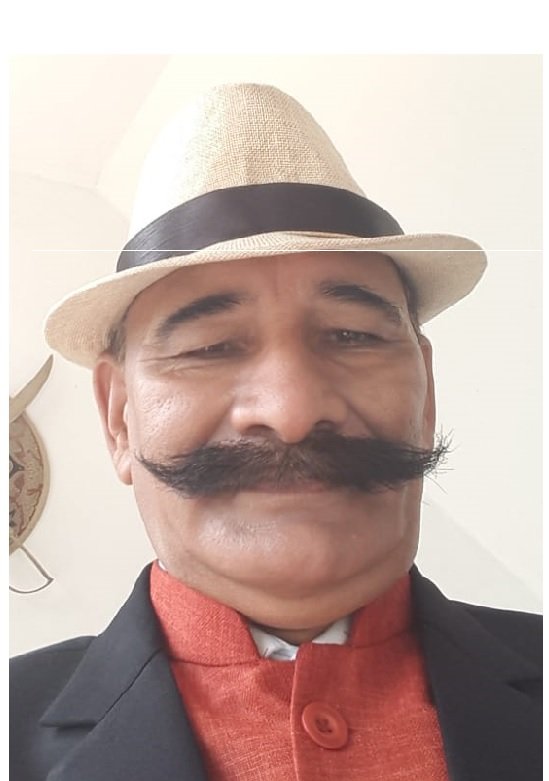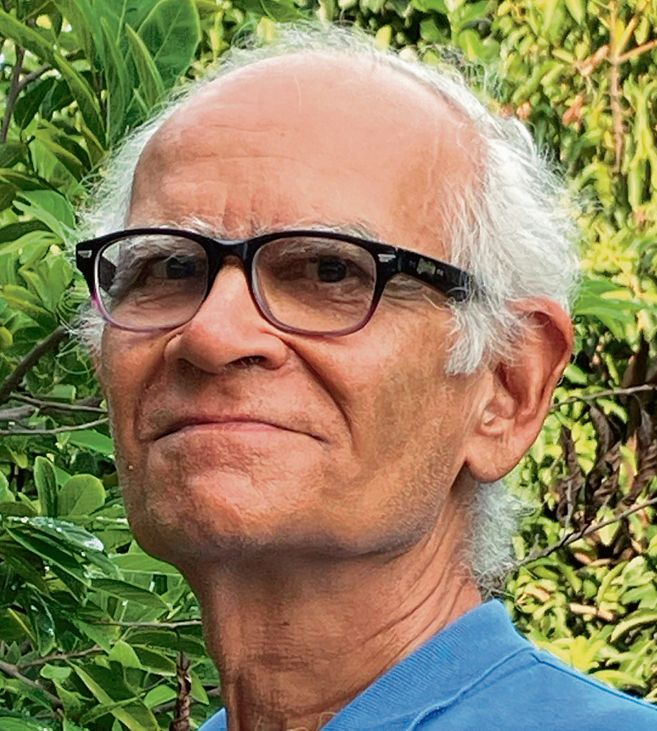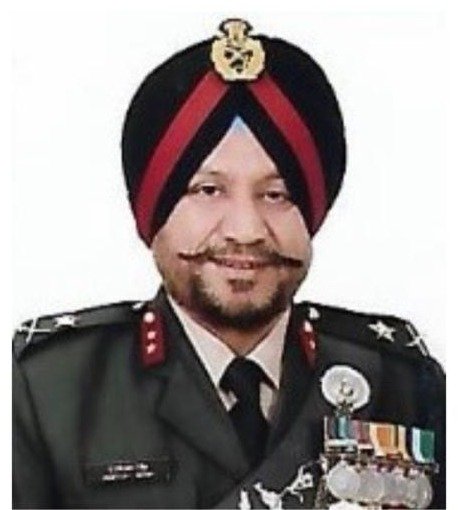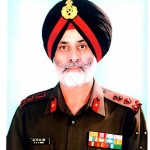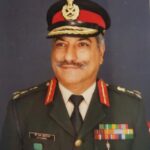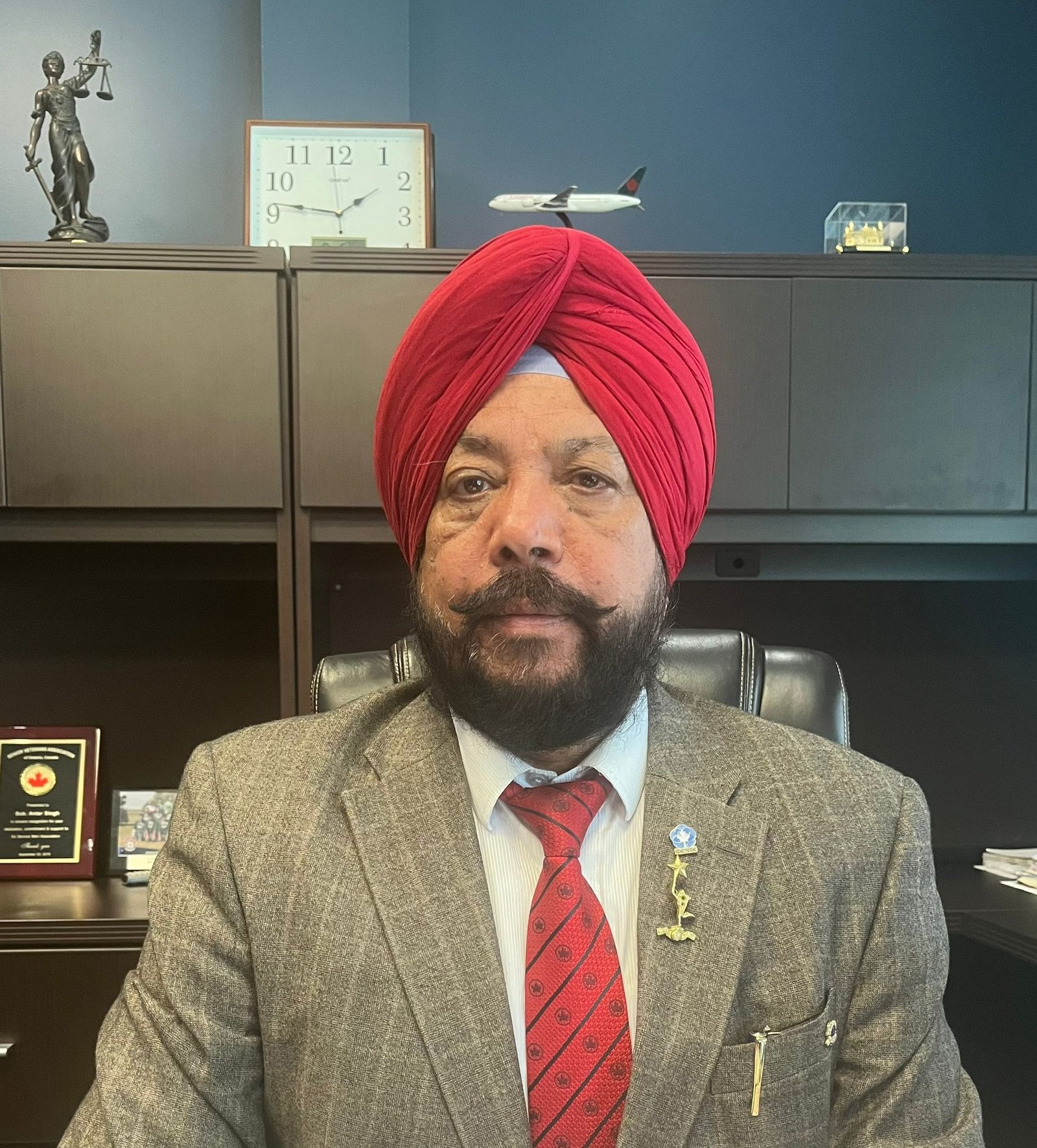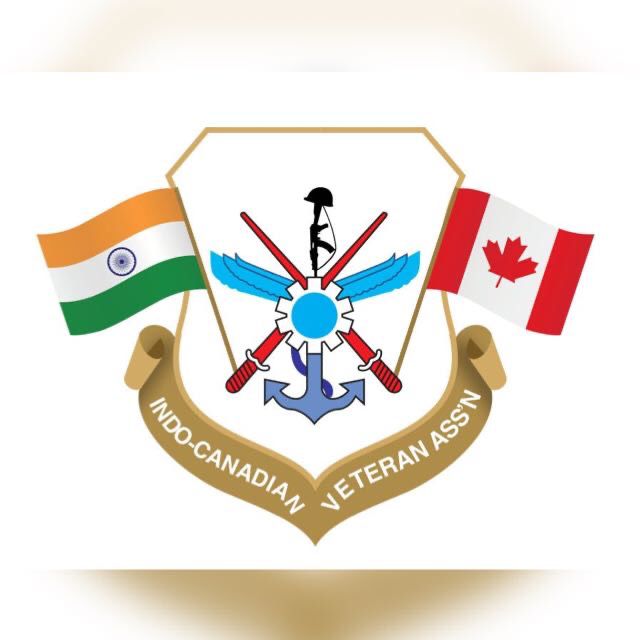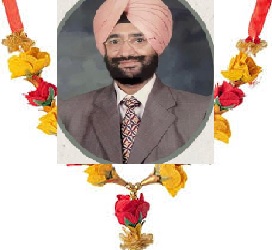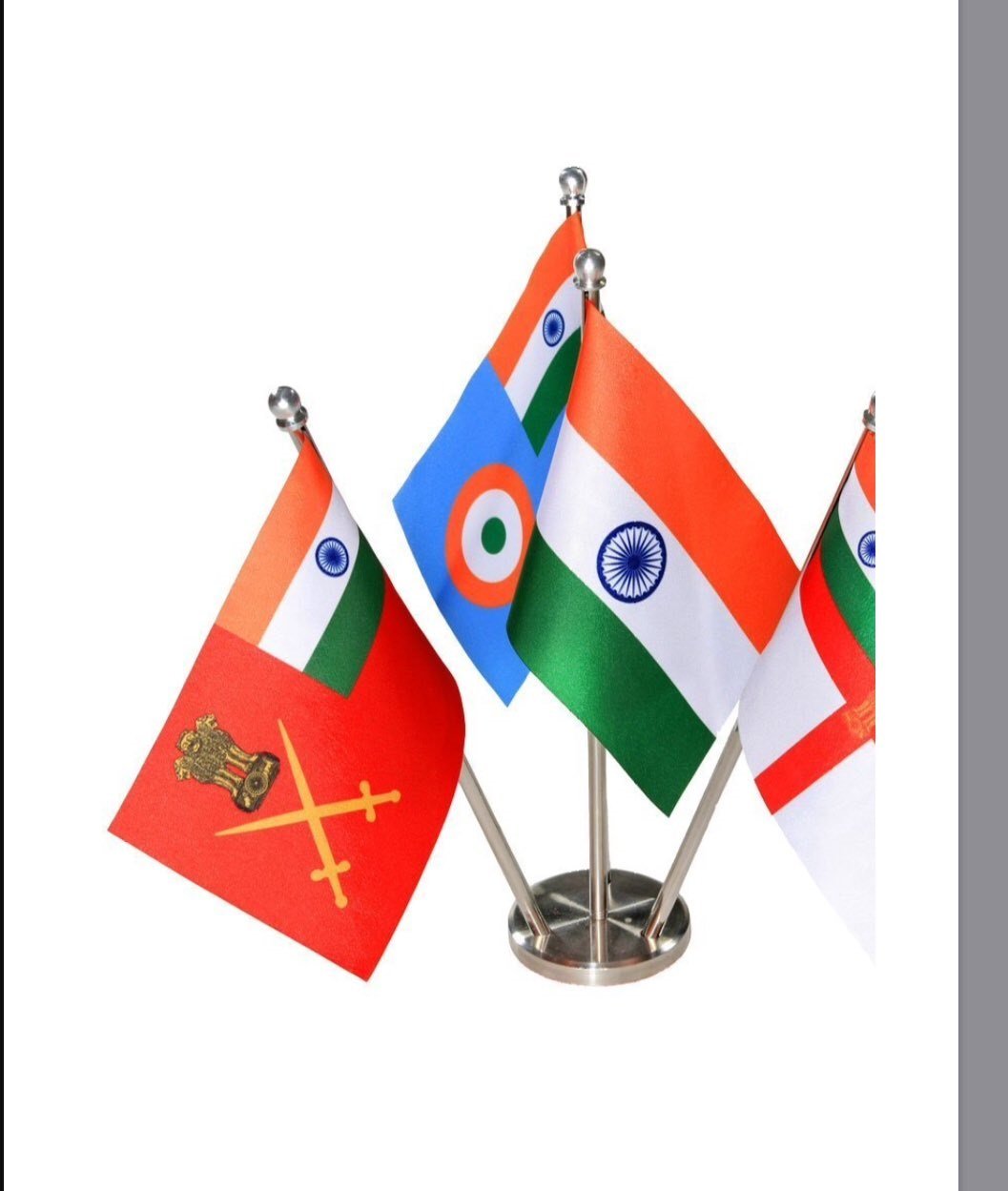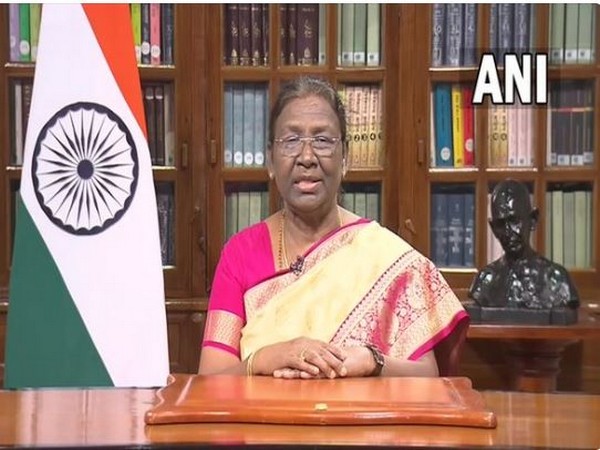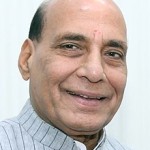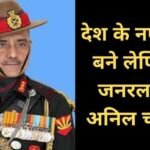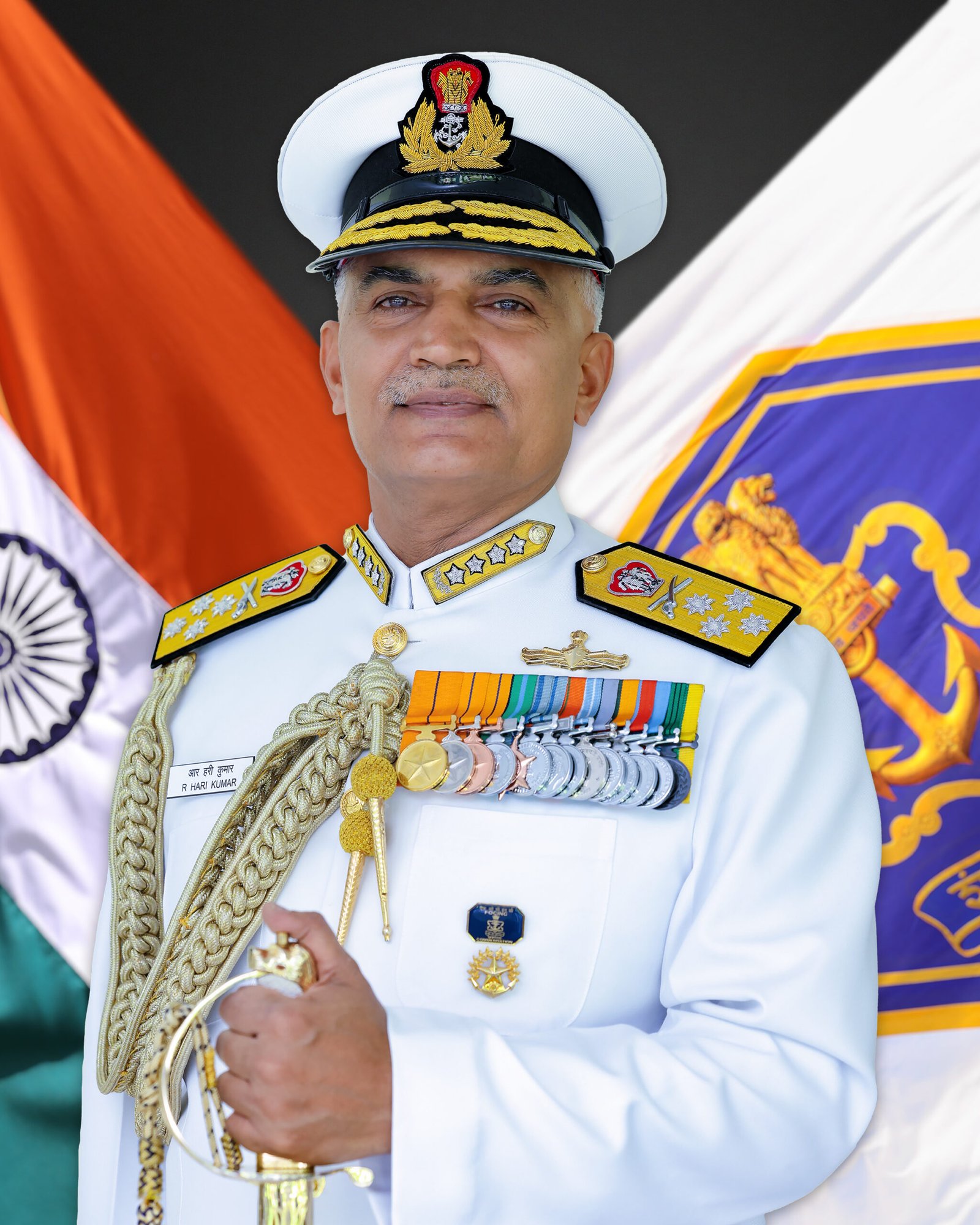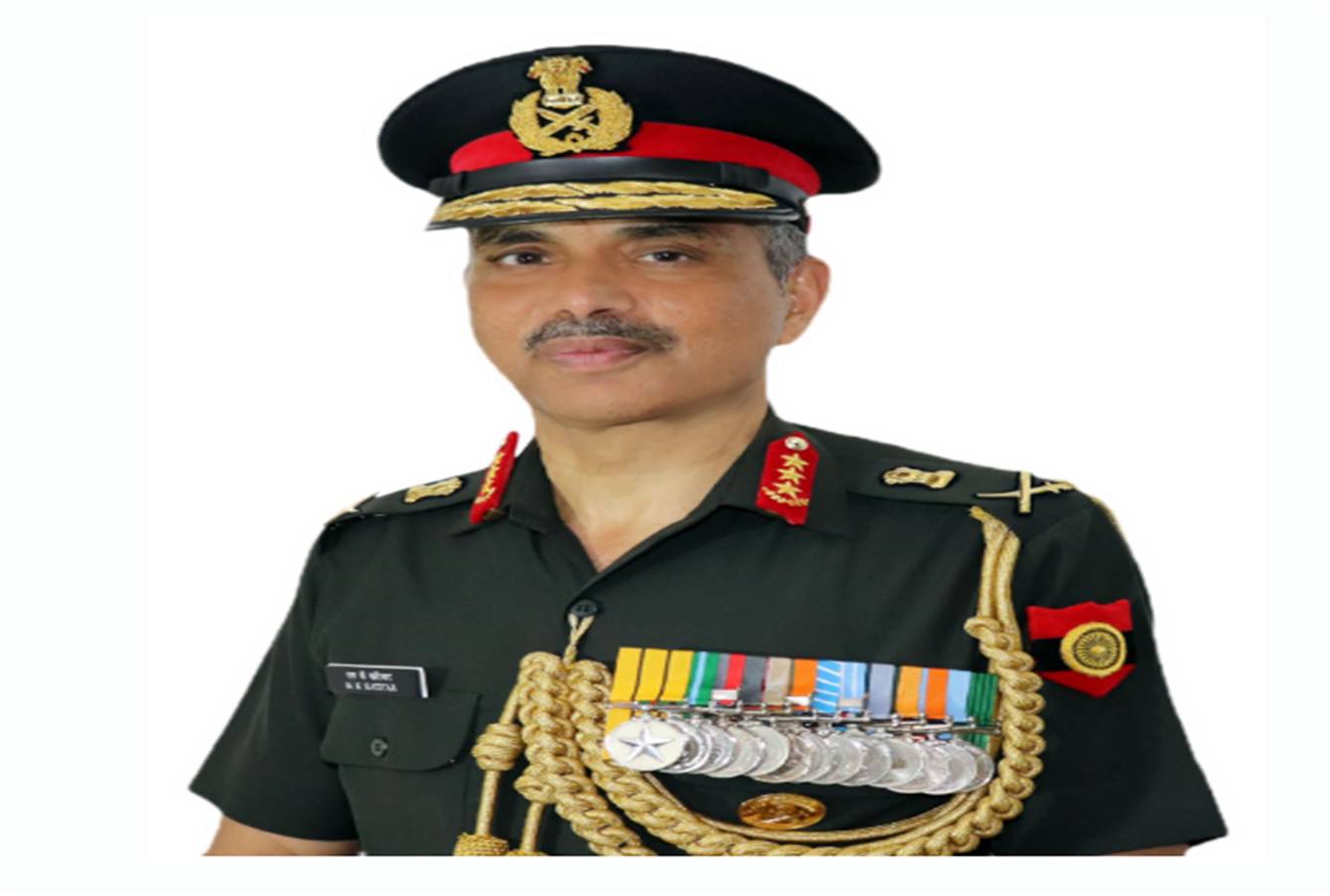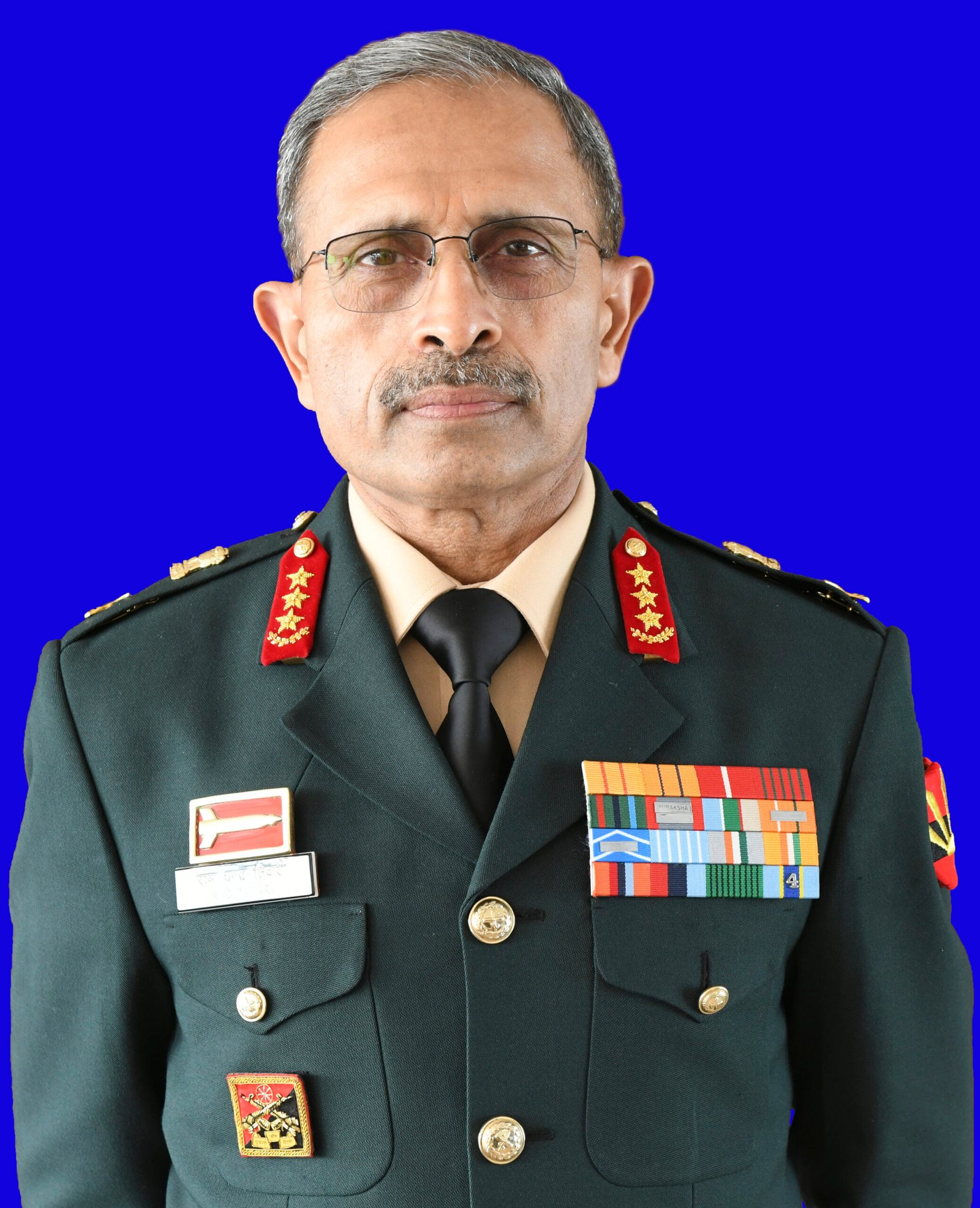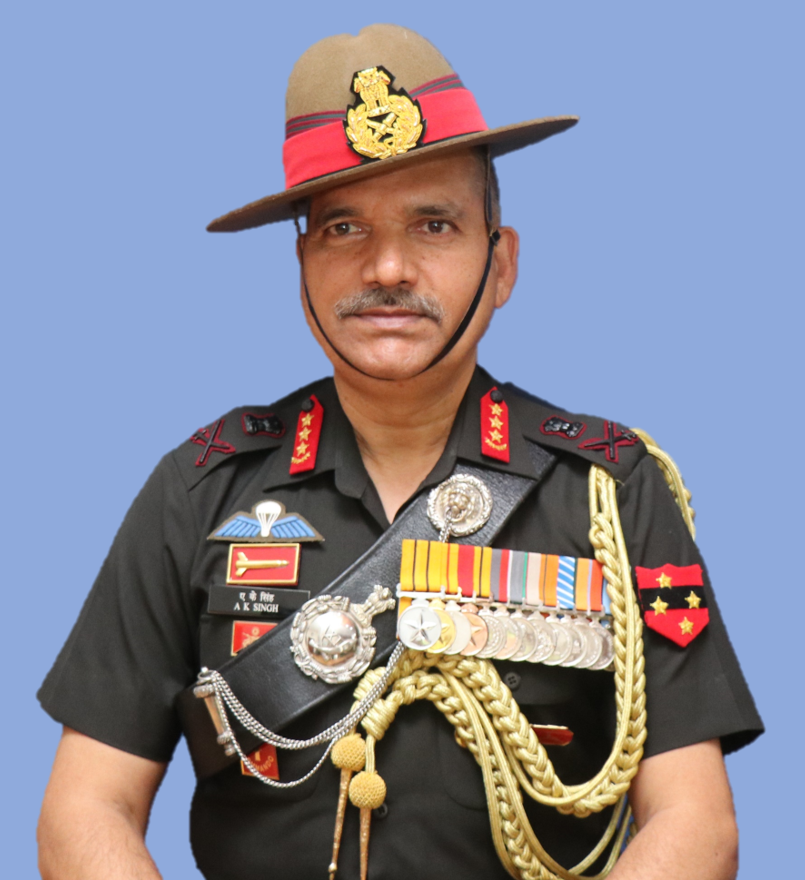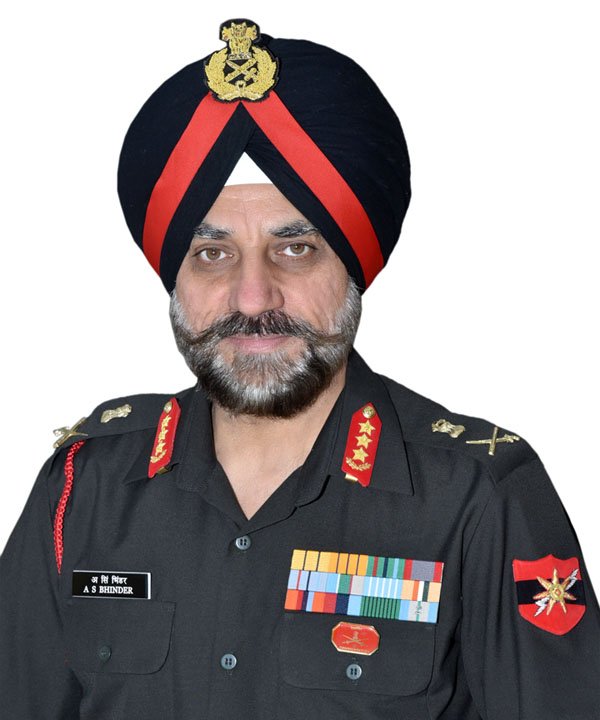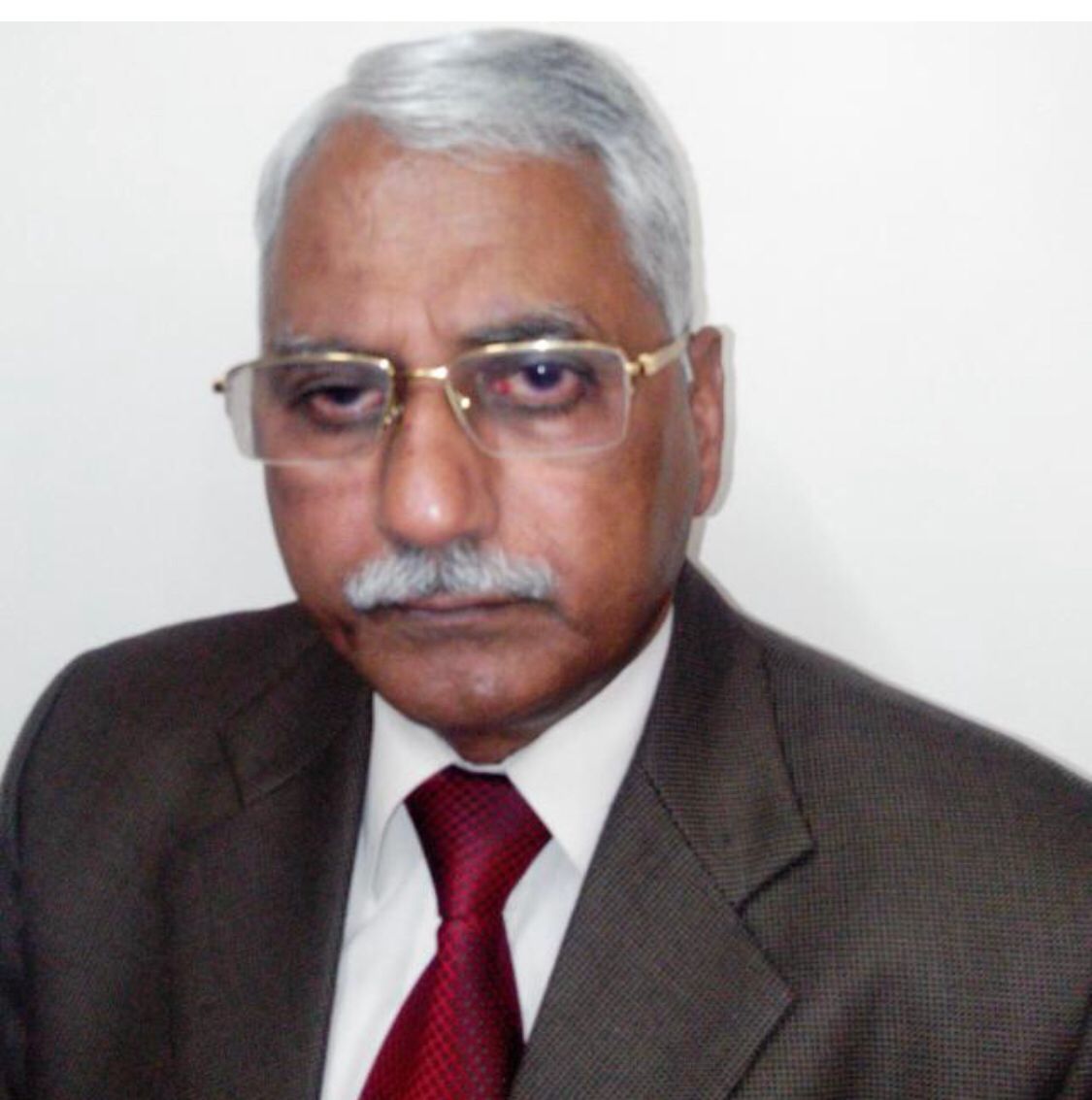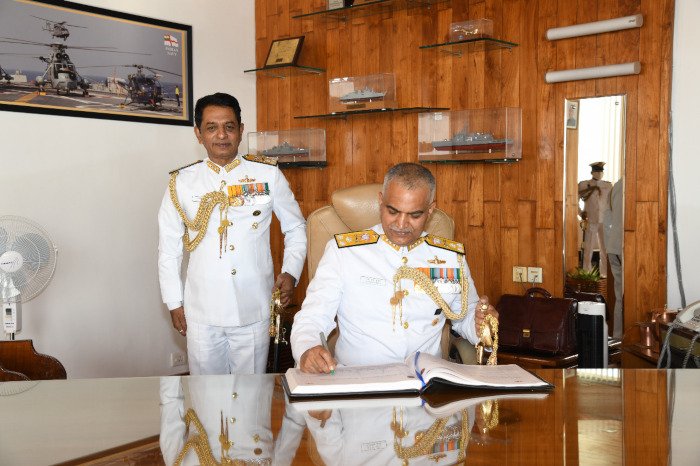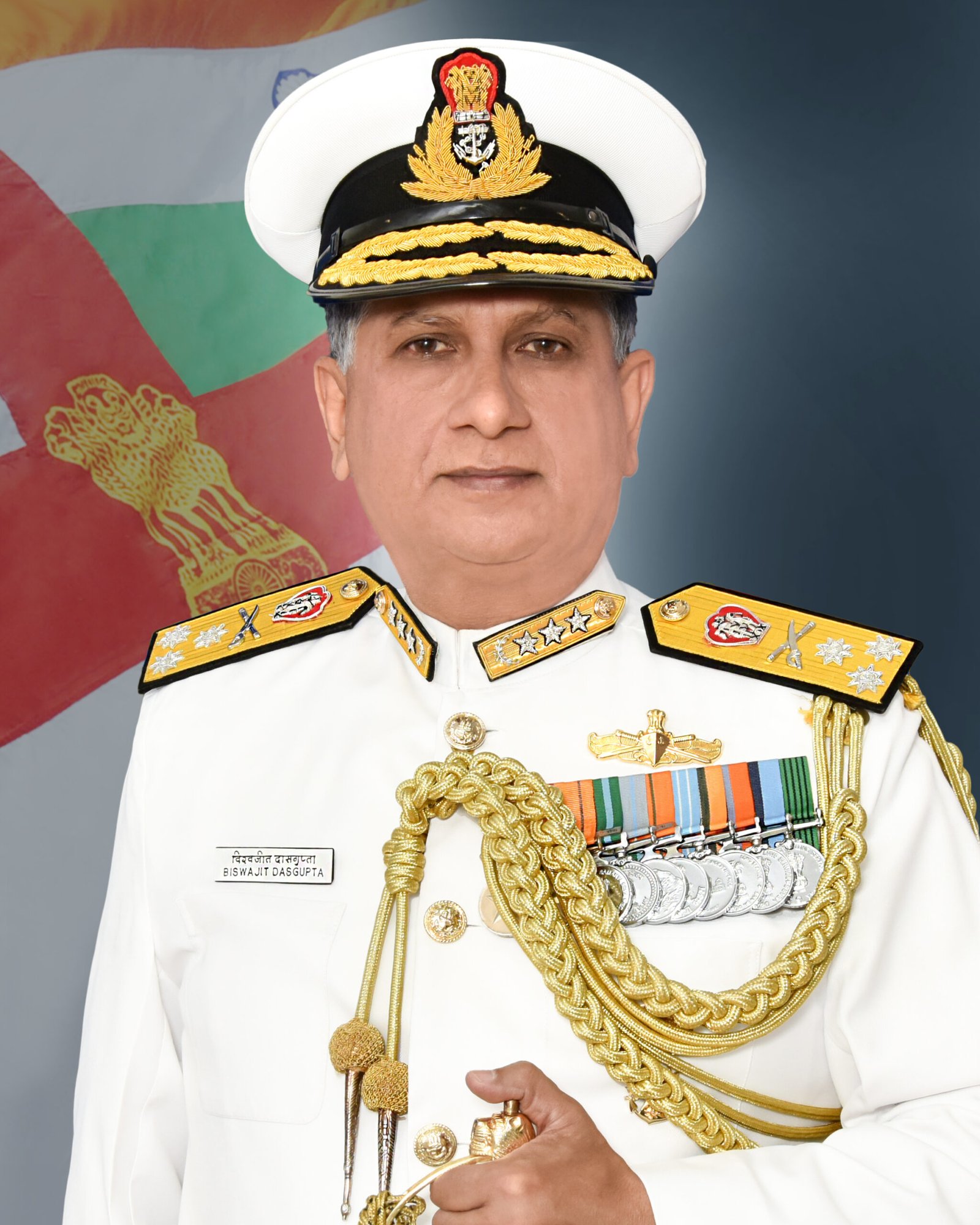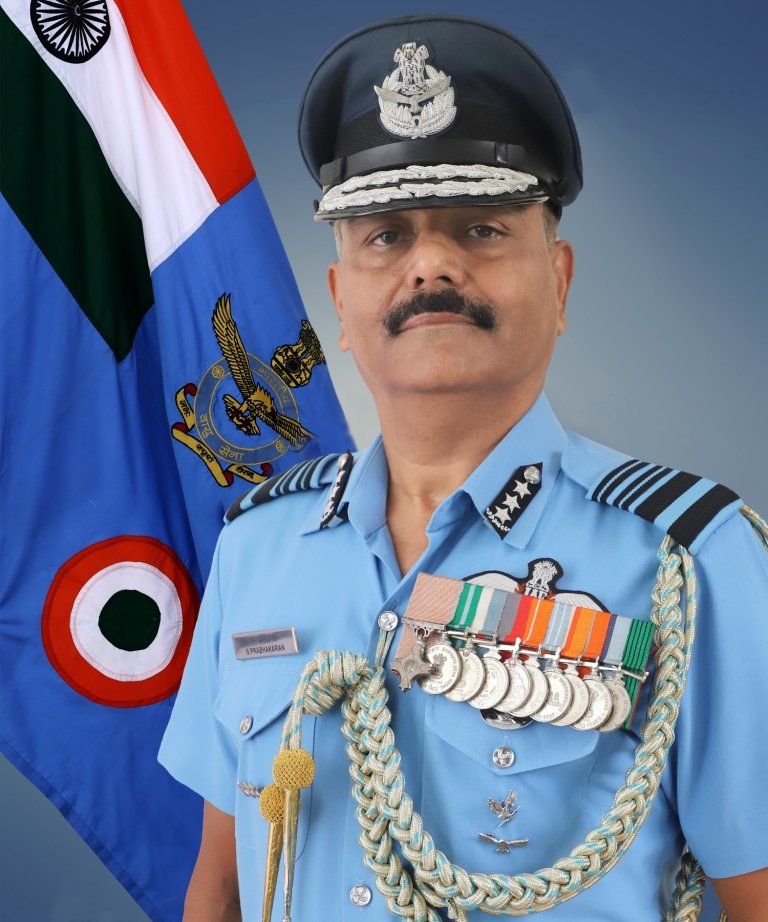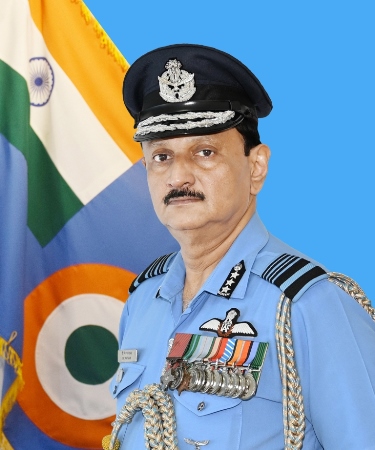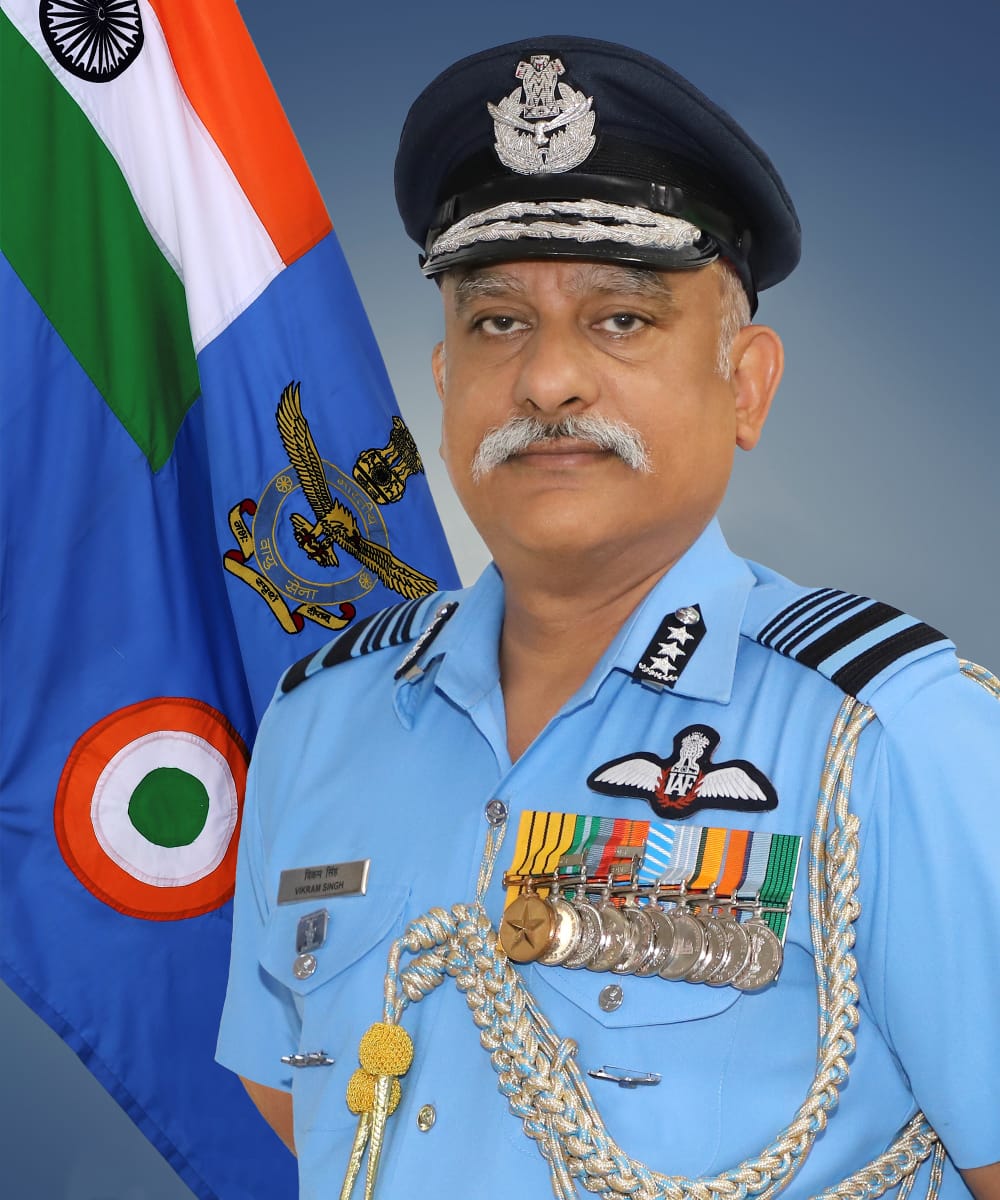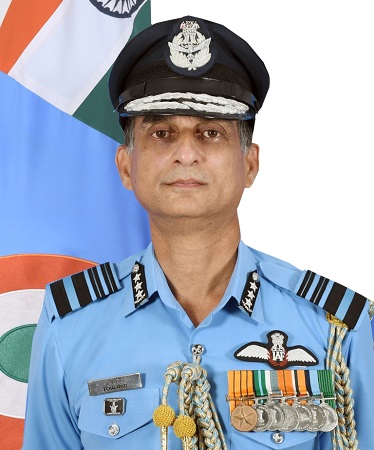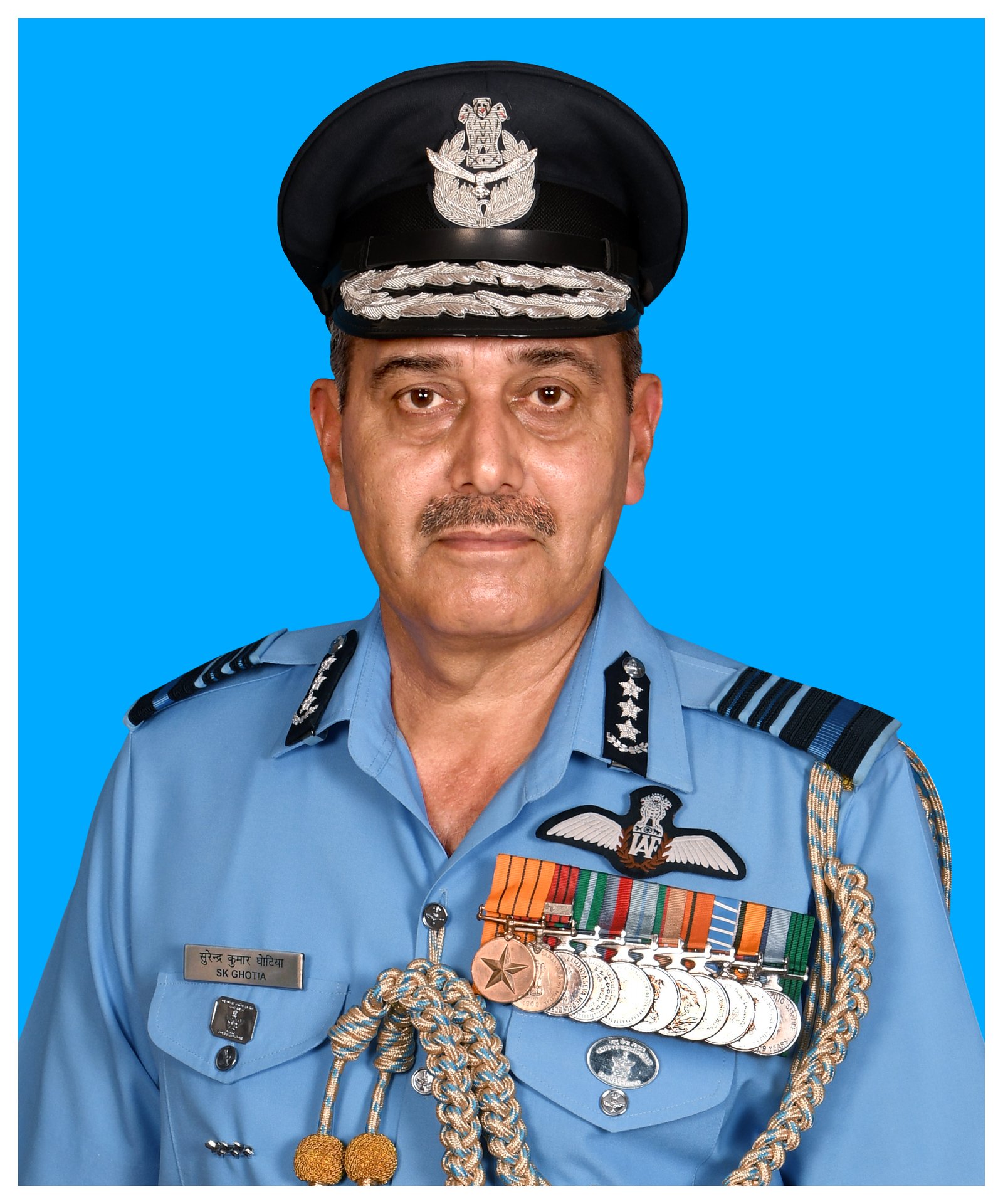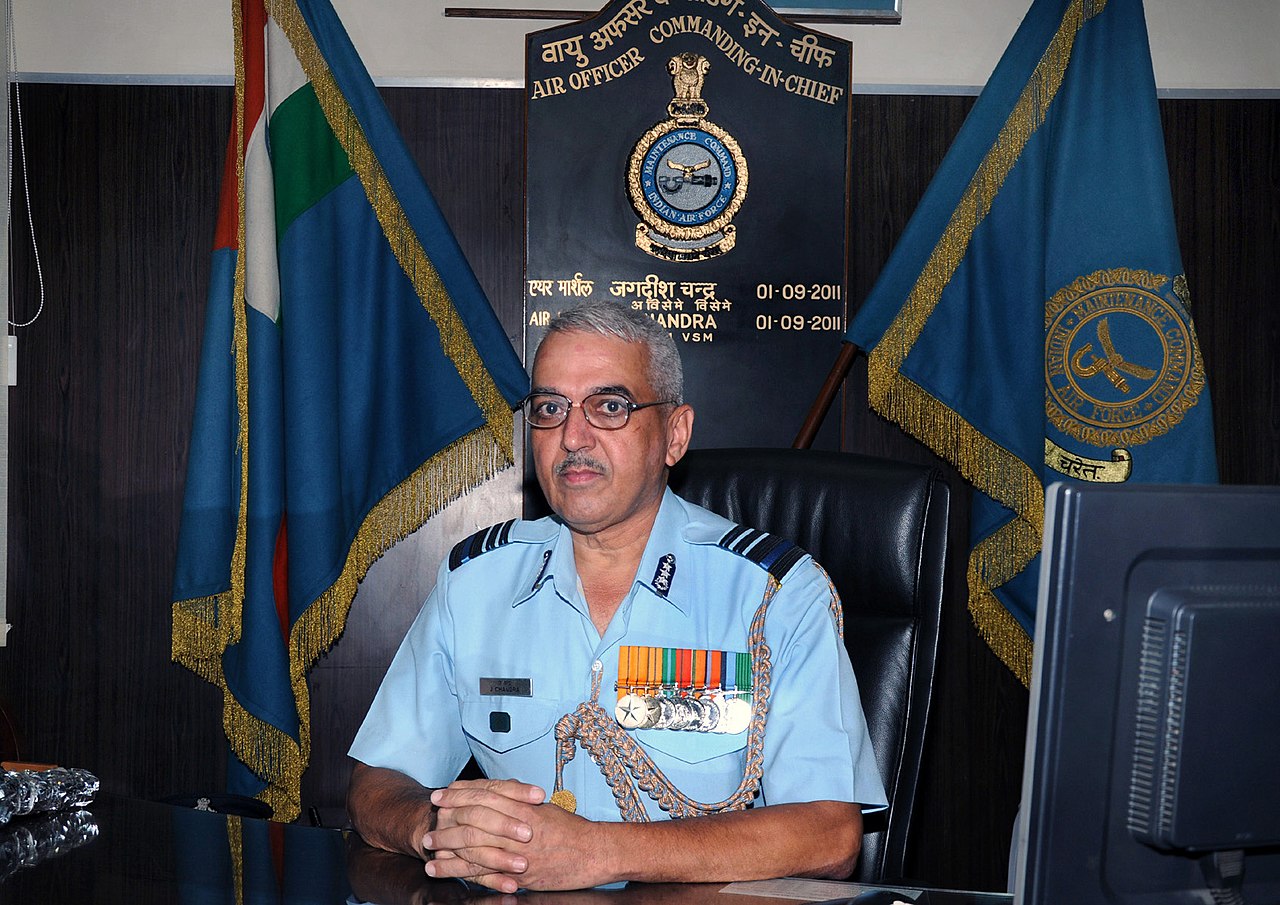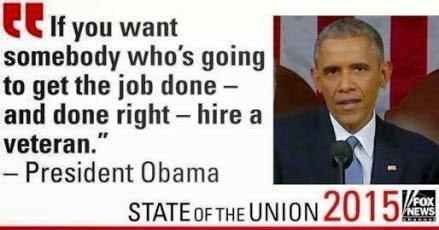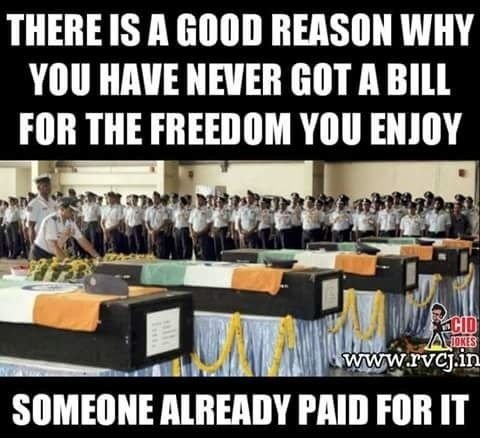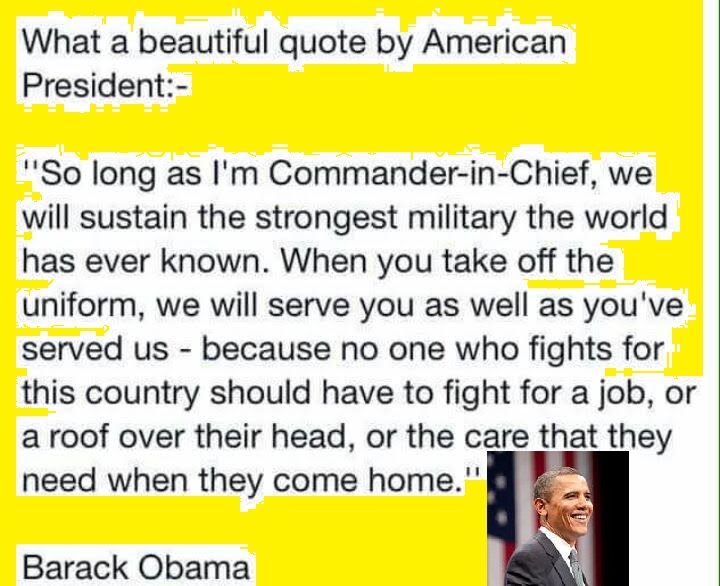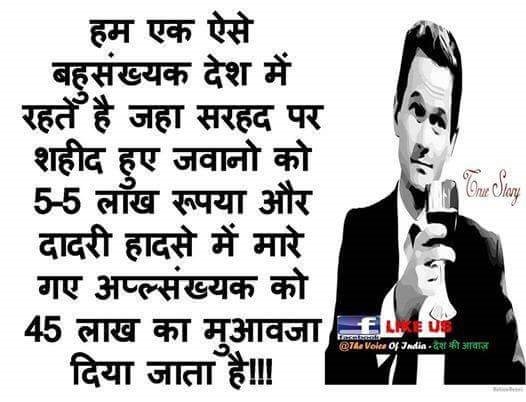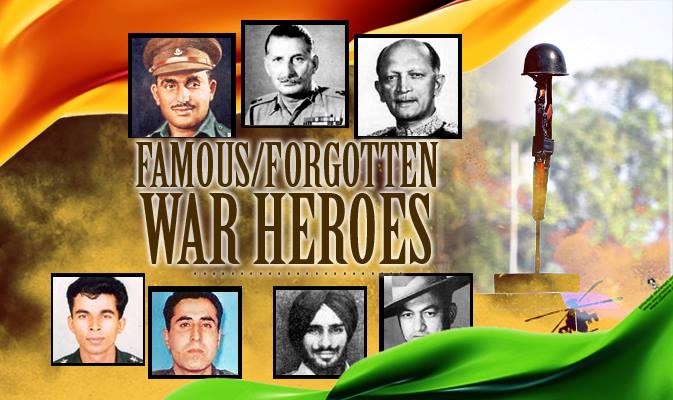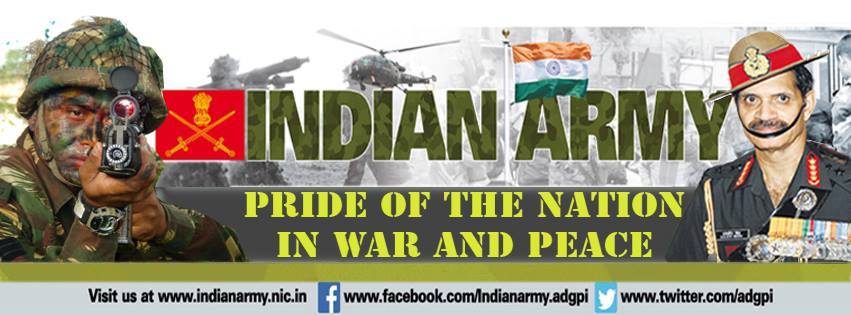The 1984 assassination led to legitimisation of the use of unbridled state violence against the ‘insurgent’
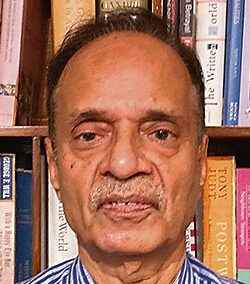
Harish Khare

FORTY years ago, on October 31, 1984, our political and administrative elites learnt a few bitter lessons in public responsibility. India, the nation-state, changed fundamentally when Prime Minister Indira Gandhi was shot dead by her two Sikh bodyguards. The anti-Sikh riots that followed rearranged the terms of co-existence as a political community.
Nothing can be more traumatic for a country than the brutal murder of its king, President or Prime Minister. Indira’s assassination by two radicalised Sikh policemen produced a new resolve in those who thought of themselves as the guardians of the Indian state. Iron entered the soul of India’s steel frame. No one would be allowed to dismember the Indian nation-state.
Those with a long-term perspective remember that certain Western powers, locked as they were in the Cold War with the Soviet Bloc, had doubts about the permanence of India as an enduring and lasting entity; not to be left behind was the permanent establishment in Pakistan that had convinced itself that after Nehru’s departure, India could no longer sustain itself as a united polity. That all was needed was a few ‘dhakkas’ and the whole edifice of the nation-state would come tumbling down.
Indira Gandhi, otherwise a clear-headed political leader, allowed herself to be flummoxed by administrative stratagems and pettifogging.
Punjab was not the only place where the 1950 republican order was being tested. Assam was scripting its own internal civil war. While perennially unsettled Jammu and Kashmir was still to rearrange the post-Sheikh Abdullah political landscape. External forces were not averse to lending a helping hand to all those groups and outfits which wanted to take ‘panga’ with Indira or challenge New Delhi’s authority.
On her part, Indira patently overplayed her hand against her political rivals — NT Rama Rao in Andhra Pradesh and Farooq Abdullah in J&K — and trapped herself in a web of over-clever advisers in dealing with the intractable ‘Khalistani’ corner. Her political capital was vastly depleted — and that emboldened the mischief-makers in Amritsar. The brutal denouement came on October 31, 1984, and beyond.
One unintended consequence of the 1984 assassination was the legitimisation of the use of unbridled state violence against the ‘insurgent’. An SPG regime was born; the Prime Minister’s safety and security became supreme requirements, overriding all considerations of democratic fairness. What was more, the public opinion (reflecting, undoubtedly, the preference of the majority community) began clamouring for policemen who ‘delivered’. KPS Gill and Julio Ribeiro became the new heroes; “a bullet for a bullet” became the mantra. The civil service as well as the police fraternity learnt the uses of going beyond textbook methods and procedures.
The larger battle for a lawful society based on lawful law and order was imperceptibly jettisoned. The hardening of nerve among the upper echelons of the Indian ruling classes came handy when Pakistan-backed ‘insurgents’ challenged the writ of the Indian state in J&K; there was the experience, the willingness, the public approbation and the (unofficial) licence to unleash the might of the Indian state against separatists in the Valley. This public fascination with state violence was to prove an unmitigated curse for the democratic health of the nation.
Equally deleterious was the insistence on the sanctity of ‘religious sentiments’ outweighing and overriding sacrosanct constitutional principles. The political corollary was that a feeling of “hurt religious sentiments” exempted an individual or a group from the constraints of law, and those who felt that their religious feelings were hurt were entitled to visit revenge upon the presumed guilty entity.
Political leaders and groups felt emboldened to ‘mobilise’ the masses in the name of this or that religious grievance. It was this sense of entitlement that motivated LK Advani and his band of vandals to do their demolition number on the Babri Masjid on December 6, 1992. And, 40 years later, there are assorted outfits that go about imposing themselves in the name of the Hindu samaj.
On the other hand, the political class was to learn a sober lesson after 1984: the need for compromise and accommodation. Indira’s successor, her son Rajiv, himself reached out to those very challengers whom she had sought to put down with a firm hand. There were ‘accords’ — reflecting a political compromise — in Punjab and Assam. No less significant was the Shiromani Akali Dal-BJP electoral partnership in Punjab, anchored as it was in the Vajpayee-Advani-MM Joshi realisation of a Hindu-Sikh political concord. This BJP-Akali ‘jugalbandi’ was particularly helpful in diluting the Hindu-Sikh bitterness.
As BD Pande, then Governor of Punjab, noted in his contemporaneous memoirs, In the Service of Free India, (published in 2021 only after his death, as per his wishes): “But in all this turmoil, a fact always overlooked is that the Sikh masses have not gone berserk. In fact, they have kept their calm and, as a mob, never attacked the Hindus, unlike the Hindu mobs in Haryana, Delhi and Uttar Pradesh. The Sikh masses and the Akali Dal have always stood for Hindu-Sikh unity.”
The political class had imbibed an important lesson: the imperative of political suasion to work its magic when the governmental ham-handedness fails. Moderation is not without its virtues and rewards.
Yet, no one can be certain if successive political regimes understood the lesson that there are limits to administrative procrastination. Indira, otherwise a clear-headed political leader, allowed herself to be flummoxed by administrative stratagems and pettifogging. Political leaders diminish themselves when they fail to summon clarity and conviction in the face of a seemingly intractable demand. PM Narasimha Rao was to exhibit this trait in December 1992, as did Vajpayee and Advani during the Gujarat riots in 2002.
Perhaps the most detrimental consequence of the violence on October 31 and beyond to our republican wellbeing was the unstated but widely understood and accepted legitimacy of the violence by the majority against minorities — 1984, 2002 (Gujarat), 2020 (north-east Delhi) and now, Manipur, tell an unedifying tale.
Forty years later, the Indian state undoubtedly has the wherewithal to cope with any challenge to its authority, yet no one can be certain whether its political class is any wiser after the denouement of October 31, 1984, and beyond.

